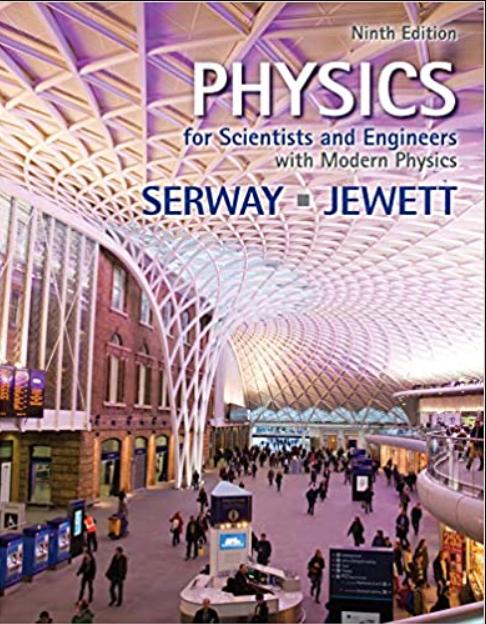QUESTION 1 2 points Save Answer What frequency (in Hz) of sound at 20.1 degrees Celsius has a wavelength of 1.71 m? QUESTION 2 2 points Save Answer A steel cable with total length 32.4 m and mass 96.8 kg is connected to two poles. The tension in the cable is 3.126 N. and the wind makes the cable vibrate with a frequency of 2.001 Hz. Calculate the wavelength of the resulting wave on the cable. QUESTION 3 2 points Save Ansiver A person at a concert is 4.15 m from one speaker and 4.35 m from another speaker. The sound produced by the microphone is 1720 Hz. What is the largest wavelegth at which the sound undergoes constructive interference at the location where the person is standing? (Hint: because of Interference, two waves add constructively or destructively. If the sound is heard the interference must be constructive. For interference to be constructive, the difference in distance must be a multiple of the wavelength. That is. the difference in distances from the speakers must be 1 wavelength, two wavelengths, three wavelengths, etc.) QUESTION 4 2 points Save Answer Certain nuclear weapons produce infrasound waves with a frequency below the audible human range. How long will it take (in seconds) an infrasound wave of frequency 4.25 Hz and wavelength of 77.7 m to travel 1.50 km? (M 7/18/22, 9:42 PM Take Test: Homework 8 - Waves and Sound - 22SU Basic ... * Question Completion Blackboard Help Nuclear explosions cause a blast wave. a high-pressure shock wave generated by the heat from the fireball. These shock waves can travel in air at an average speed of 738 mph. (1 mile = 1609 meters). If a nuclear weapon in detonated in Pittsburgh, how far will the blast wave have traveled from the ocation of detonation 2.39's after the explosion? (Give your answer in meters) QUESTION 6 2 points Save Answer Nuclear explosions cause a blast wave, a high-pressure shock wave generated by the heat from the froball. These shock waves can travel in air at an average speed of 738 mph. (1 mile = 1609 meters) it the blast wave were to travel underwater in the Ohio river, with the same speed as in air, and a wavelength of 0.497 m. what would be the frequency? QUESTION 7 2 points Save Answer A person stands at a point 300.901 m in front of the face of a sheor cliff. If the person shouts, how much time will elapse before the person hears an echo? (Take the speed of sound to be 344 mis)







